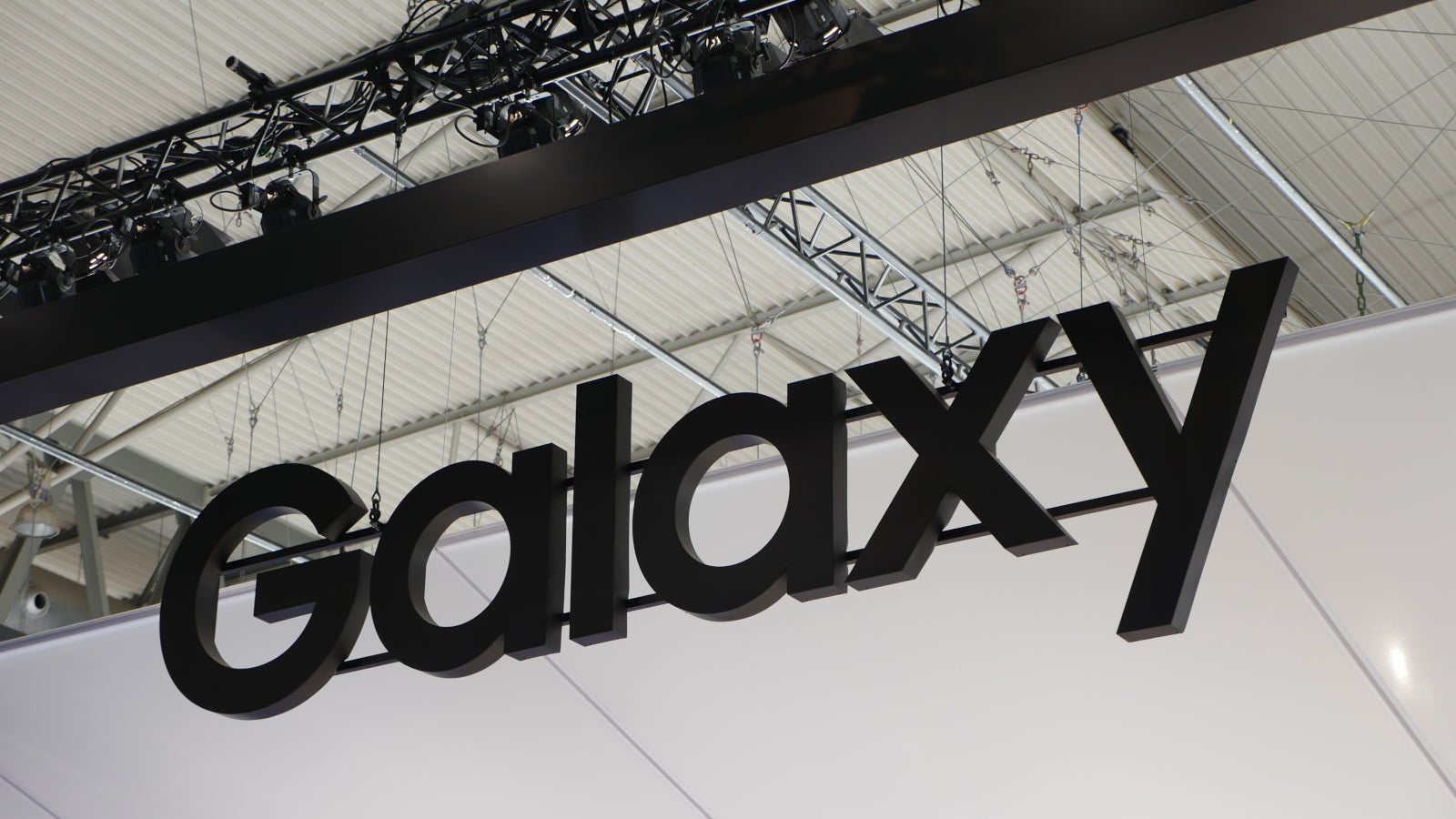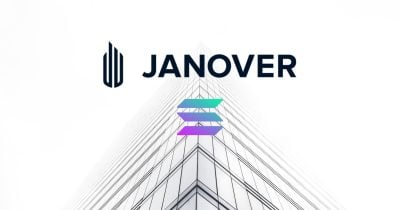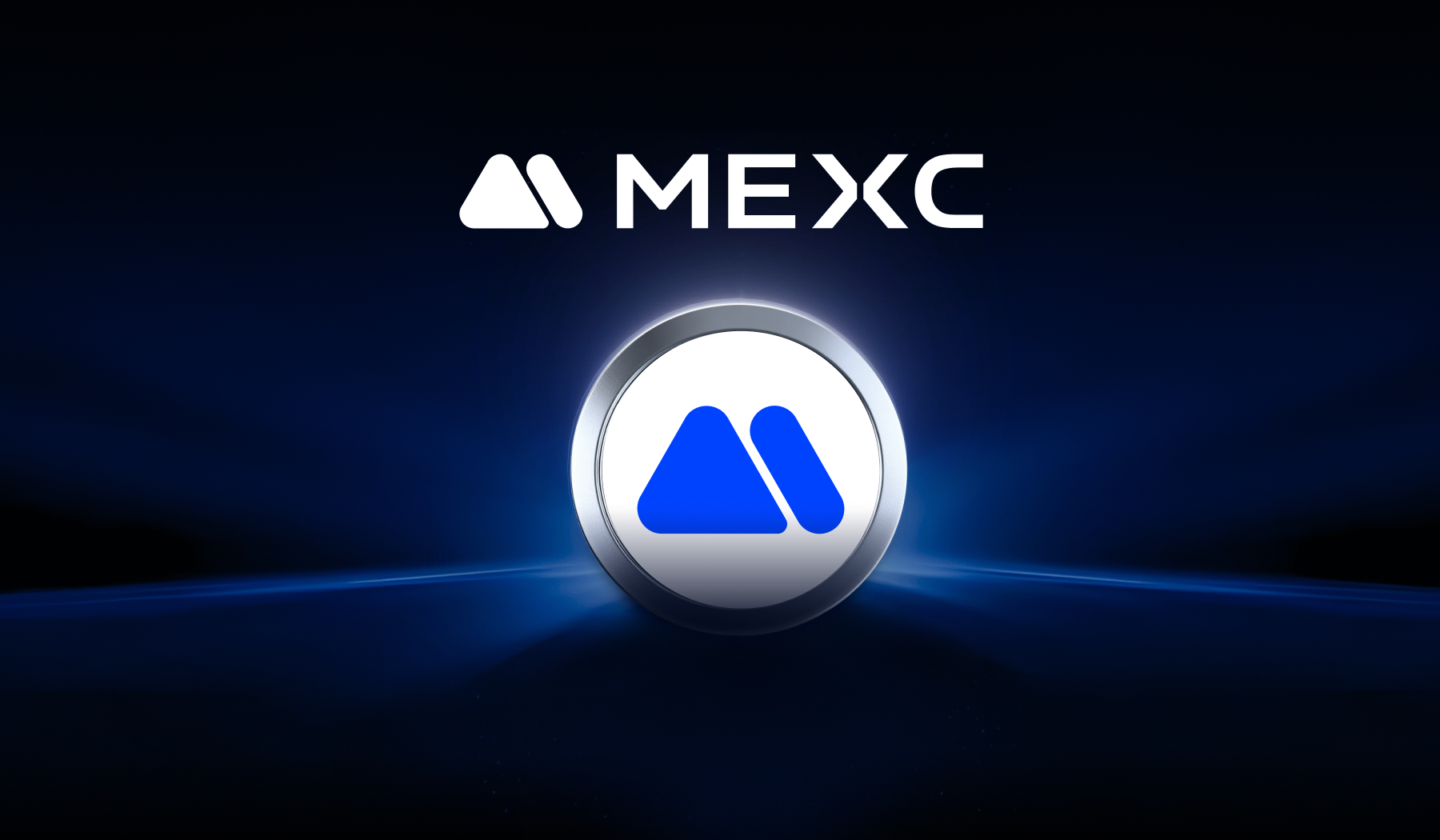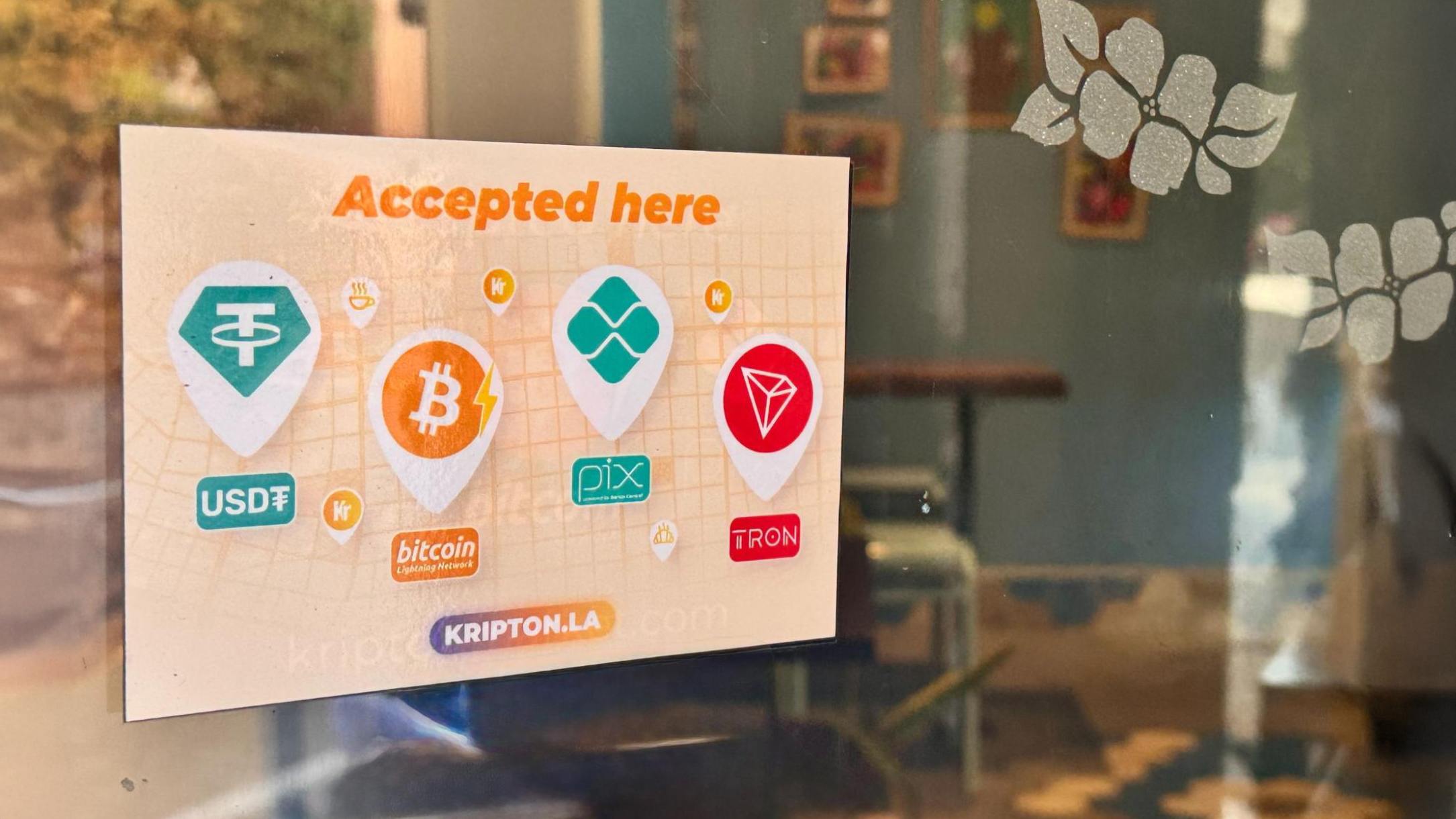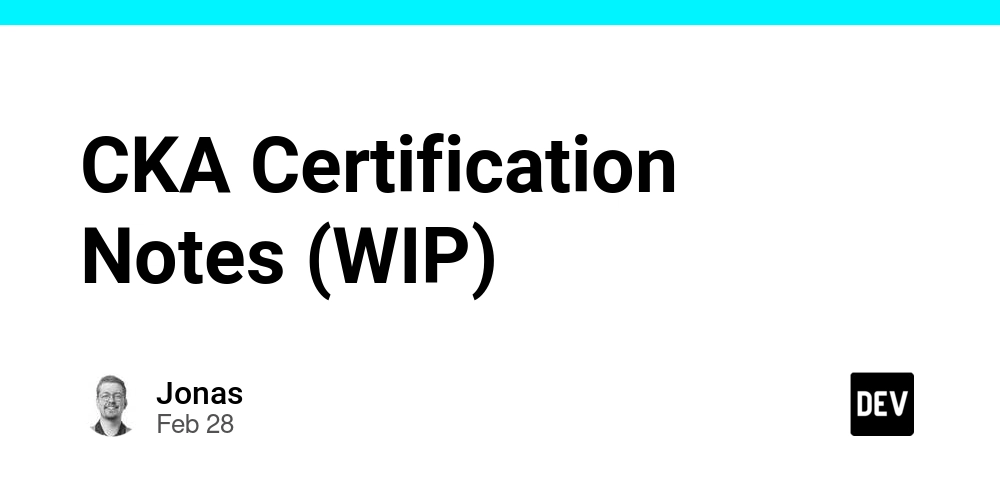Access and Asset Management: The Foundation of Cyber Resilience
In a digital-first world, where sensitive data is the currency and downtime can mean disaster, Access and Asset Management (AAM) has evolved from a backend function to a strategic priority. Yet, many organizations still treat it as an afterthought—until a breach exposes the cracks. Whether you're defending critical infrastructure, enabling hybrid workforces, or ensuring compliance across multiple jurisdictions, getting visibility and control over your users and assets is no longer optional—it’s the baseline for operational and cyber resilience. What is Access and Asset Management? Access Management is about ensuring that the right individuals have the right level of access to the right resources—at the right time and under the right conditions. Asset Management, on the other hand, is the process of identifying, tracking, and managing all hardware and software assets within your IT environment—everything from servers, laptops, and mobile devices to SaaS tools, APIs, and cloud workloads. When these two functions operate together under a unified strategy, you gain: • Visibility: Know what you have and who can access it. • Control: Define, enforce, and adjust permissions as users and systems evolve. • Security: Detect anomalies, revoke access quickly, and reduce the attack surface. • Compliance: Meet requirements like HIPAA, GDPR, SOX, and ISO 27001 with confidence. Why It Matters More Than Ever in 2025 The cybersecurity landscape has shifted dramatically: • Hybrid Work has shattered the traditional perimeter. • Cloud Proliferation means assets now live across multiple environments. • Shadow IT continues to grow as employees adopt tools without IT approval. • Ransomware and Insider Threats often exploit weak or orphaned access points. With billions of endpoints and identities to manage, businesses can no longer rely on spreadsheets, siloed tools, or manual processes. The risks are simply too high. Key Components of Modern AAM Here’s what a modern Access and Asset Management approach should include: ✅ 1. Centralized Asset Inventory You can’t protect what you don’t know exists. Automated discovery tools help map all hardware, software, and virtual assets in real-time—across on-prem, cloud, and IoT environments. ✅ 2. Identity & Access Management (IAM) This includes user provisioning, authentication, role-based access control (RBAC), single sign-on (SSO), and multi-factor authentication (MFA). Advanced systems also integrate privileged access management (PAM) for high-risk users. ✅ 3. Lifecycle Management Access needs change—employees join, switch roles, or leave. Assets are retired or reallocated. Automated onboarding/offboarding processes ensure rights are granted or revoked in sync with these transitions. ✅ 4. Continuous Monitoring and Audit Anomalies in access behavior or unmanaged assets should trigger alerts. Detailed logs support incident response and compliance audits. ✅ 5. Policy Enforcement Ensure users access only what they need—nothing more. Leverage tools that support least privilege and zero trust principles, with dynamic policies that adapt to risk levels, device types, or location. How AAM Enables Business Agility and Security Organizations that invest in AAM don’t just improve security—they unlock business value: • Faster Onboarding: Automated provisioning accelerates productivity for new hires and contractors. • Reduced Downtime: Real-time asset tracking helps resolve incidents and outages faster. • Lower Risk: Proactive access governance limits lateral movement during an attack. • Cost Savings: Identify unused or underutilized assets to eliminate waste. • Stronger Compliance Posture: Continuous audits and policy enforcement make it easier to pass assessments and avoid penalties. What’s Next in AAM? • AI-Driven Identity Analytics: Predict risky access patterns and recommend access changes automatically. • Context-Aware Access: Adjust permissions dynamically based on real-time context (e.g., device security status, geolocation, time of access). • Convergence with Cyber Asset Attack Surface Management (CAASM): Organizations are moving towards holistic asset visibility that includes vulnerabilities, misconfigurations, and exploitability insights. Final Thoughts Access and Asset Management isn’t just an IT concern—it’s a strategic enabler for digital transformation, cloud migration, and business continuity. In a world of rising threats and shrinking margins for error, visibility and control are everything. Investing in a mature AAM framework means you're not just managing users and devices—you're building trust, reducing risk, and creating a more secure, agile organization. AI has incredible potential—but it’s not a shortcut. It’s a powerful tool in a much larger toolbox. When used intentionally, and with the right frameworks in place, it helps teams move faster, think smarter, and operate with more confidence. At Network Intelligence, we’re here to he

In a digital-first world, where sensitive data is the currency and downtime can mean disaster, Access and Asset Management (AAM) has evolved from a backend function to a strategic priority. Yet, many organizations still treat it as an afterthought—until a breach exposes the cracks.
Whether you're defending critical infrastructure, enabling hybrid workforces, or ensuring compliance across multiple jurisdictions, getting visibility and control over your users and assets is no longer optional—it’s the baseline for operational and cyber resilience.
What is Access and Asset Management?
Access Management is about ensuring that the right individuals have the right level of access to the right resources—at the right time and under the right conditions.
Asset Management, on the other hand, is the process of identifying, tracking, and managing all hardware and software assets within your IT environment—everything from servers, laptops, and mobile devices to SaaS tools, APIs, and cloud workloads.
When these two functions operate together under a unified strategy, you gain:
• Visibility: Know what you have and who can access it.
• Control: Define, enforce, and adjust permissions as users and systems evolve.
• Security: Detect anomalies, revoke access quickly, and reduce the attack surface.
• Compliance: Meet requirements like HIPAA, GDPR, SOX, and ISO 27001 with confidence.
Why It Matters More Than Ever in 2025
The cybersecurity landscape has shifted dramatically:
• Hybrid Work has shattered the traditional perimeter.
• Cloud Proliferation means assets now live across multiple environments.
• Shadow IT continues to grow as employees adopt tools without IT approval.
• Ransomware and Insider Threats often exploit weak or orphaned access points.
With billions of endpoints and identities to manage, businesses can no longer rely on spreadsheets, siloed tools, or manual processes. The risks are simply too high.
Key Components of Modern AAM
Here’s what a modern Access and Asset Management approach should include:
✅ 1. Centralized Asset Inventory
You can’t protect what you don’t know exists. Automated discovery tools help map all hardware, software, and virtual assets in real-time—across on-prem, cloud, and IoT environments.
✅ 2. Identity & Access Management (IAM)
This includes user provisioning, authentication, role-based access control (RBAC), single sign-on (SSO), and multi-factor authentication (MFA). Advanced systems also integrate privileged access management (PAM) for high-risk users.
✅ 3. Lifecycle Management
Access needs change—employees join, switch roles, or leave. Assets are retired or reallocated. Automated onboarding/offboarding processes ensure rights are granted or revoked in sync with these transitions.
✅ 4. Continuous Monitoring and Audit
Anomalies in access behavior or unmanaged assets should trigger alerts. Detailed logs support incident response and compliance audits.
✅ 5. Policy Enforcement
Ensure users access only what they need—nothing more. Leverage tools that support least privilege and zero trust principles, with dynamic policies that adapt to risk levels, device types, or location.
How AAM Enables Business Agility and Security
Organizations that invest in AAM don’t just improve security—they unlock business value:
• Faster Onboarding: Automated provisioning accelerates productivity for new hires and contractors.
• Reduced Downtime: Real-time asset tracking helps resolve incidents and outages faster.
• Lower Risk: Proactive access governance limits lateral movement during an attack.
• Cost Savings: Identify unused or underutilized assets to eliminate waste.
• Stronger Compliance Posture: Continuous audits and policy enforcement make it easier to pass assessments and avoid penalties.
What’s Next in AAM?
• AI-Driven Identity Analytics: Predict risky access patterns and recommend access changes automatically.
• Context-Aware Access: Adjust permissions dynamically based on real-time context (e.g., device security status, geolocation, time of access).
• Convergence with Cyber Asset Attack Surface Management (CAASM): Organizations are moving towards holistic asset visibility that includes vulnerabilities, misconfigurations, and exploitability insights.
Final Thoughts
Access and Asset Management isn’t just an IT concern—it’s a strategic enabler for digital transformation, cloud migration, and business continuity. In a world of rising threats and shrinking margins for error, visibility and control are everything.
Investing in a mature AAM framework means you're not just managing users and devices—you're building trust, reducing risk, and creating a more secure, agile organization.
AI has incredible potential—but it’s not a shortcut. It’s a powerful tool in a much larger toolbox. When used intentionally, and with the right frameworks in place, it helps teams move faster, think smarter, and operate with more confidence.
At Network Intelligence, we’re here to help you walk that path—step by step, win by win.

















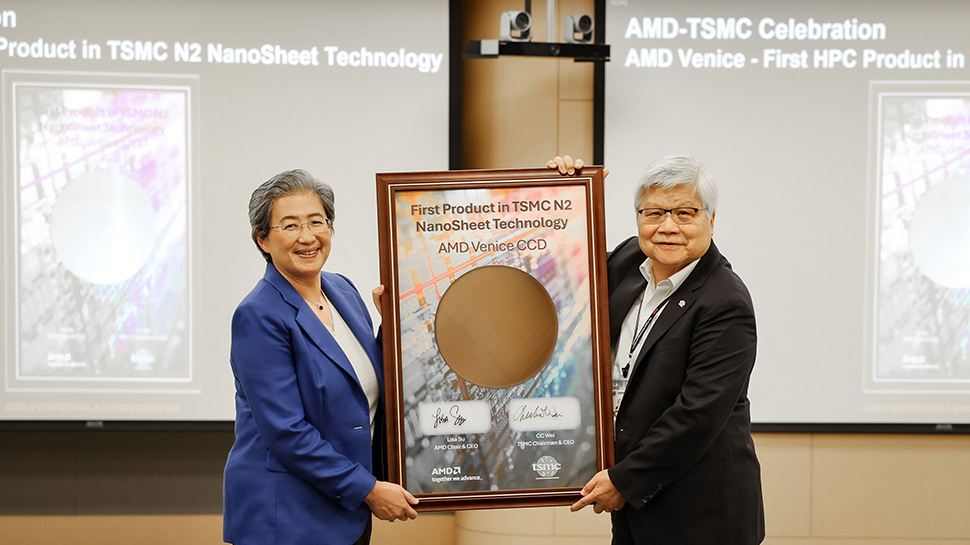

























































































































































![[The AI Show Episode 144]: ChatGPT’s New Memory, Shopify CEO’s Leaked “AI First” Memo, Google Cloud Next Releases, o3 and o4-mini Coming Soon & Llama 4’s Rocky Launch](https://www.marketingaiinstitute.com/hubfs/ep%20144%20cover.png)














































































































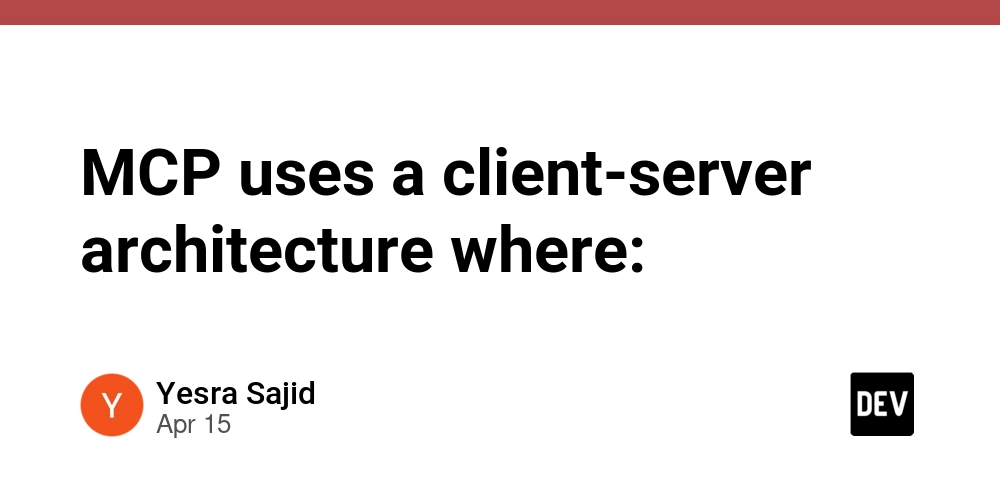
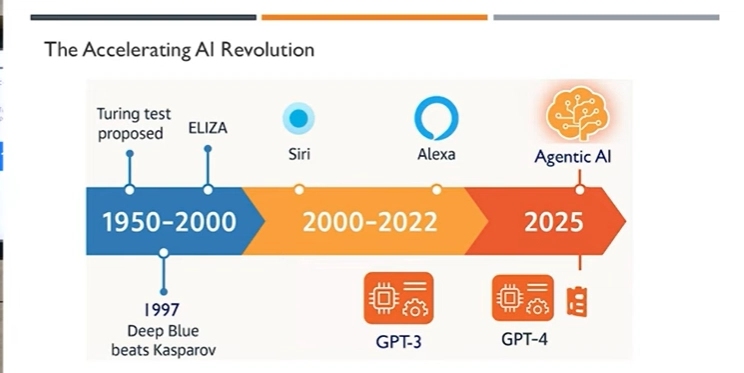
























































































































.png?#)








-Baldur’s-Gate-3-The-Final-Patch---An-Animated-Short-00-03-43.png?width=1920&height=1920&fit=bounds&quality=70&format=jpg&auto=webp#)























_Aleksey_Funtap_Alamy.jpg?width=1280&auto=webp&quality=80&disable=upscale#)




















































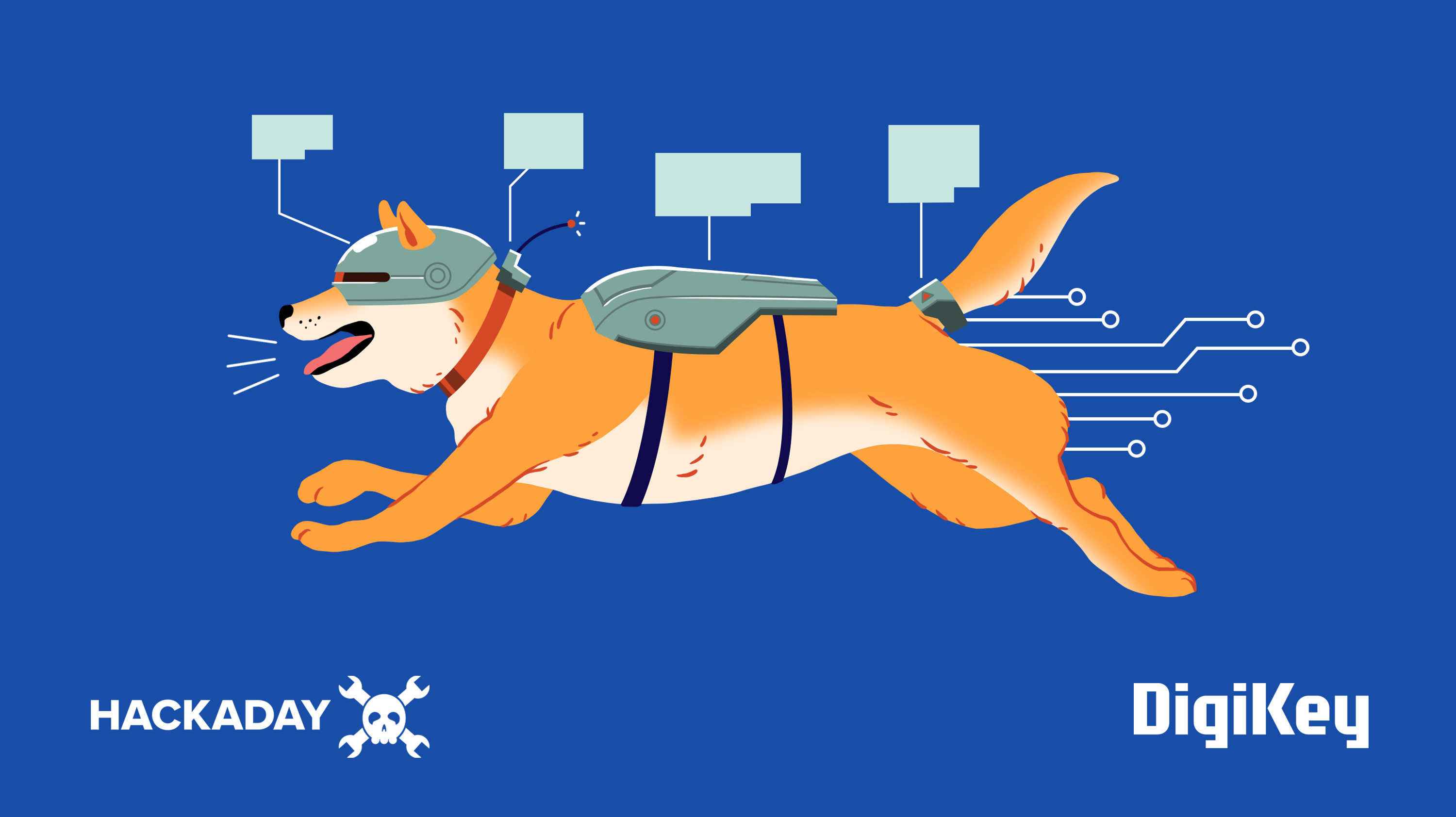






















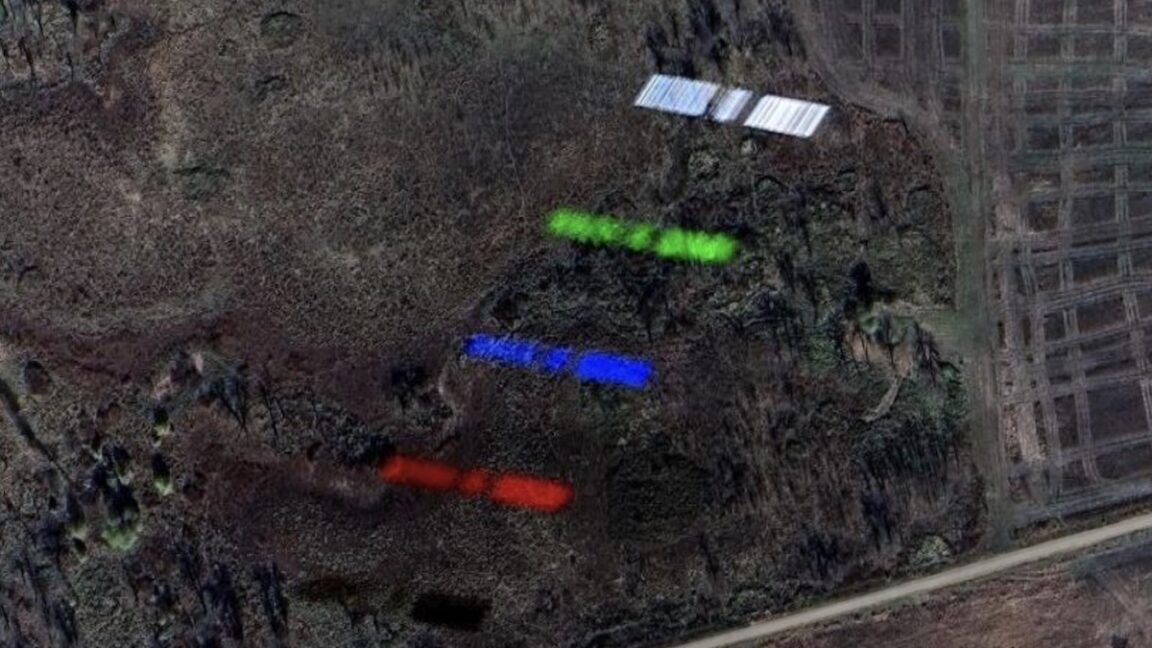
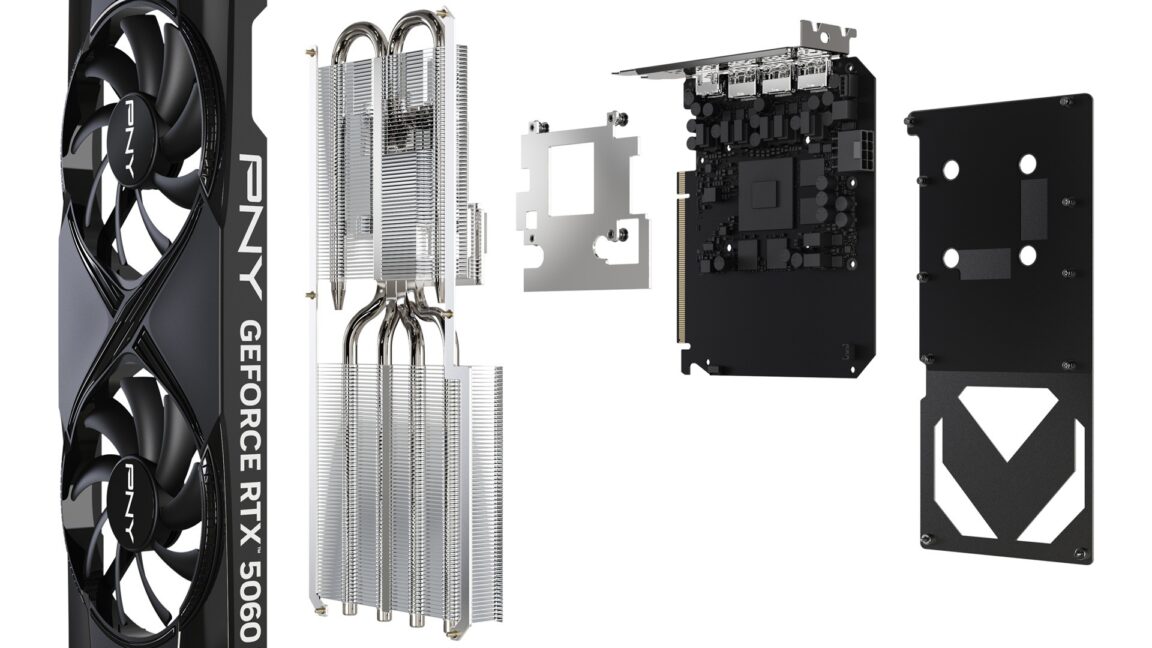








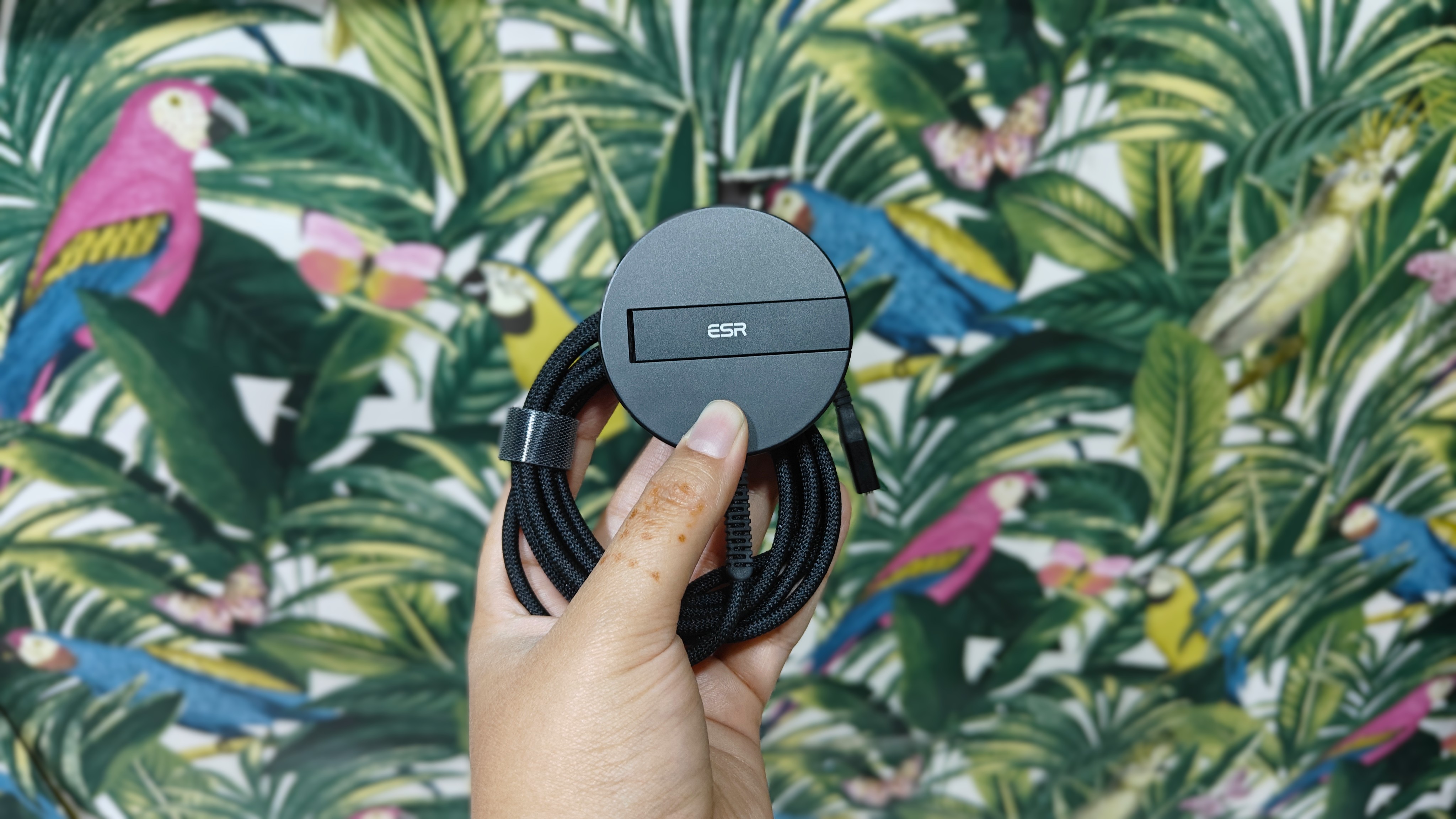






















![Apple's Foldable iPhone May Cost Between $2100 and $2300 [Rumor]](https://www.iclarified.com/images/news/97028/97028/97028-640.jpg)
![Apple Releases Public Betas of iOS 18.5, iPadOS 18.5, macOS Sequoia 15.5 [Download]](https://www.iclarified.com/images/news/97024/97024/97024-640.jpg)
![Apple to Launch In-Store Recycling Promotion Tomorrow, Up to $20 Off Accessories [Gurman]](https://www.iclarified.com/images/news/97023/97023/97023-640.jpg)




















































